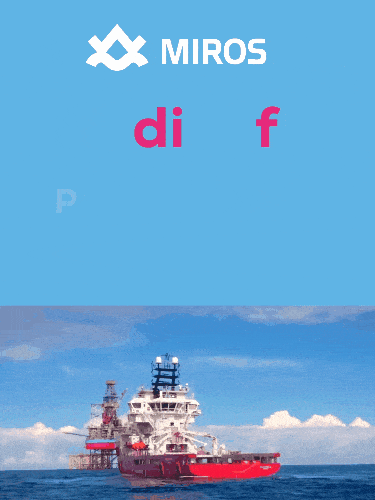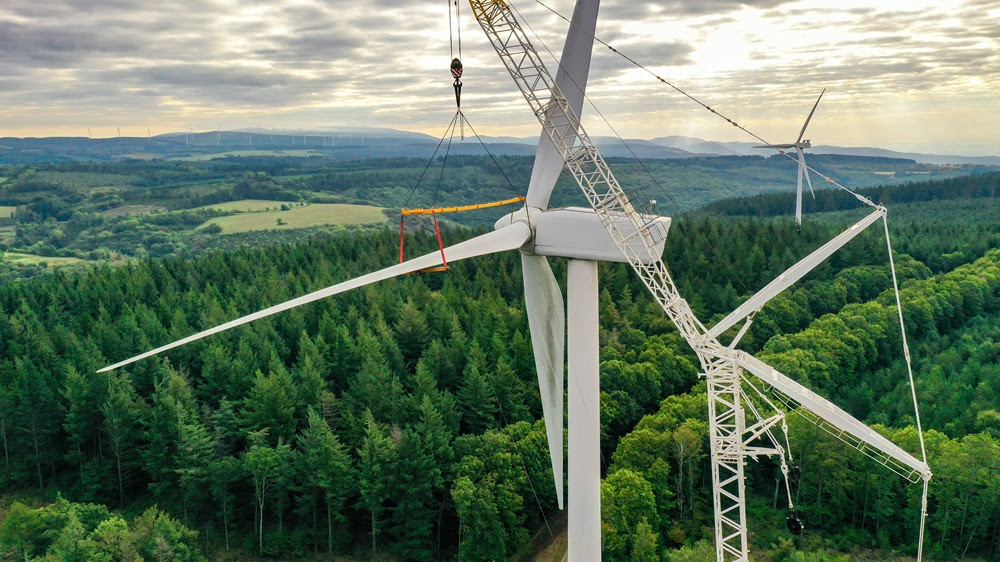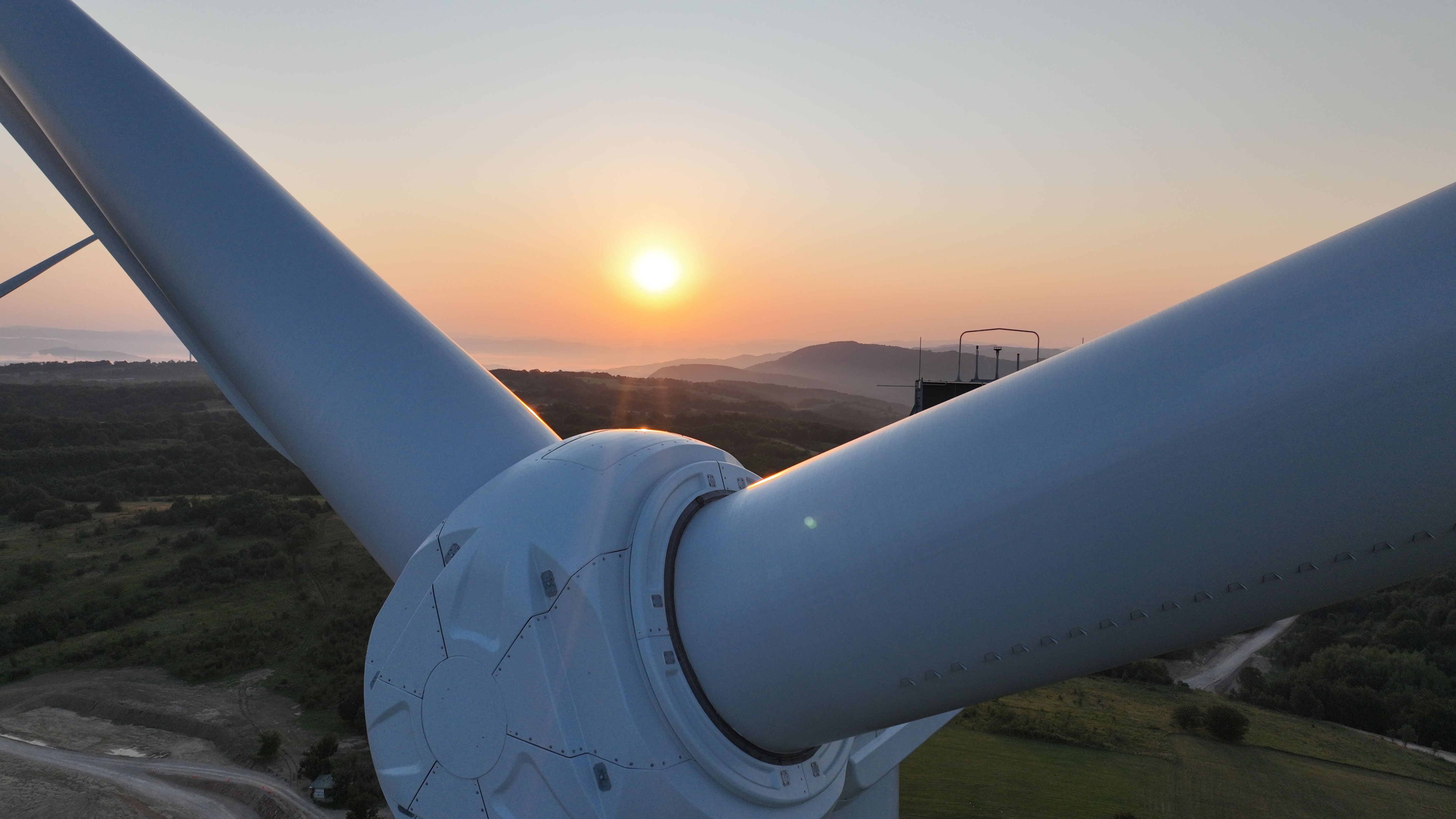News
New interactive map viewer reveals growing capacity and rare earth element content of UK wind farms
Published in: Wind, Press Releases
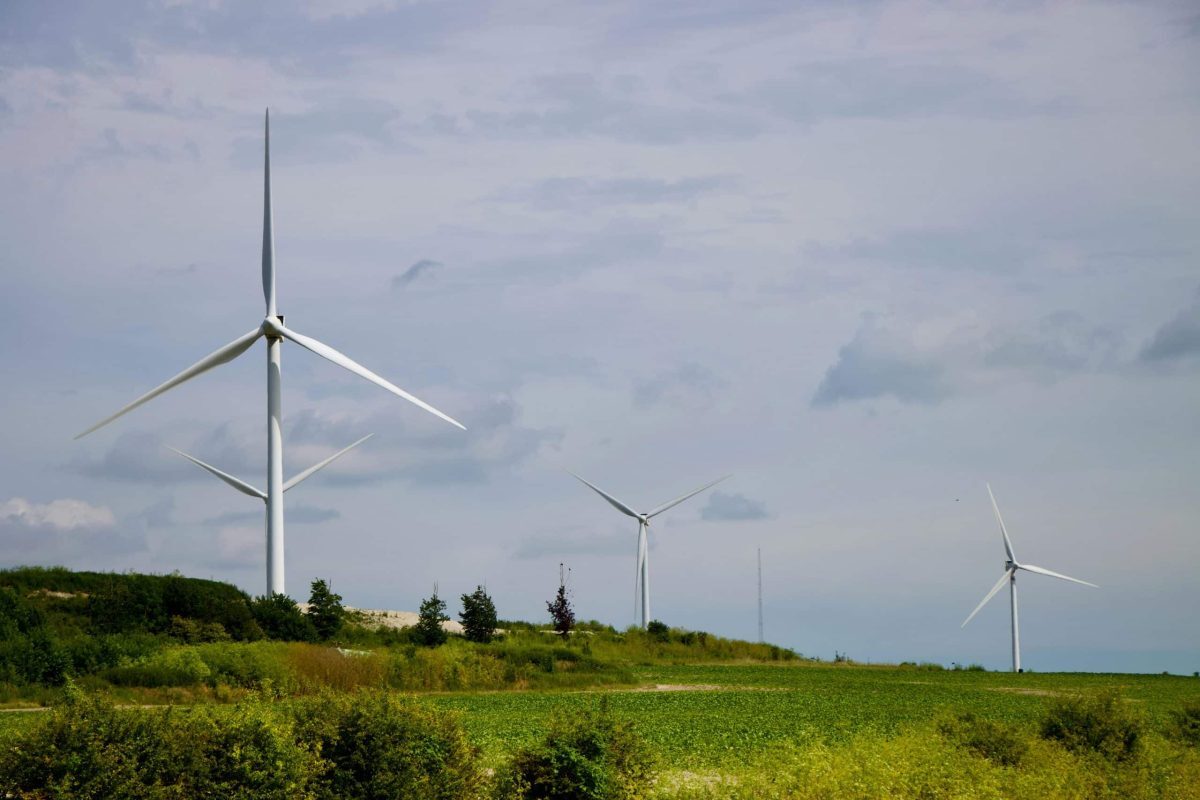
BGS's new tool highlights the development of wind energy installations over time, along with their magnet and rare earth content.
Wind energy has seen a significant rise across the UK over the last 30 years, playing a crucial role in decarbonisation and increasing security around our energy supply. Within the next five years, the UK aims to install up to 50 GW from offshore wind deployment alone, more than three times that which is currently installed (16 GW). This target is driving demand for the critical materials required to produce wind turbines, with technology metals, such as the rare earth elements, playing a major role.
A new interactive map viewer created by the British Geological Survey (BGS) highlights the growth of wind farm deployment across the UK over time, alongside the change in power generation capacity, the wind farms' expected life spans and their rare earth element and magnet content. The tool is hosted by the UK Technology Metal Observatory, providing information about technology metals and the circular economy approach for 'green' technologies such as wind turbines and electric vehicles.
Wind turbines are expected to reach their end-of-life at approximately 25 years. The new tool also estimates when this is likely to be for each site, highlighting when the wind turbines are likely to become available for re-use, refurbishment, remanufacture or recycling.
Accurate data on magnet and rare earth element content in wind turbines is essential for unlocking circular economy opportunities, enabling the recovery of high-value materials and supporting more sustainable business models.
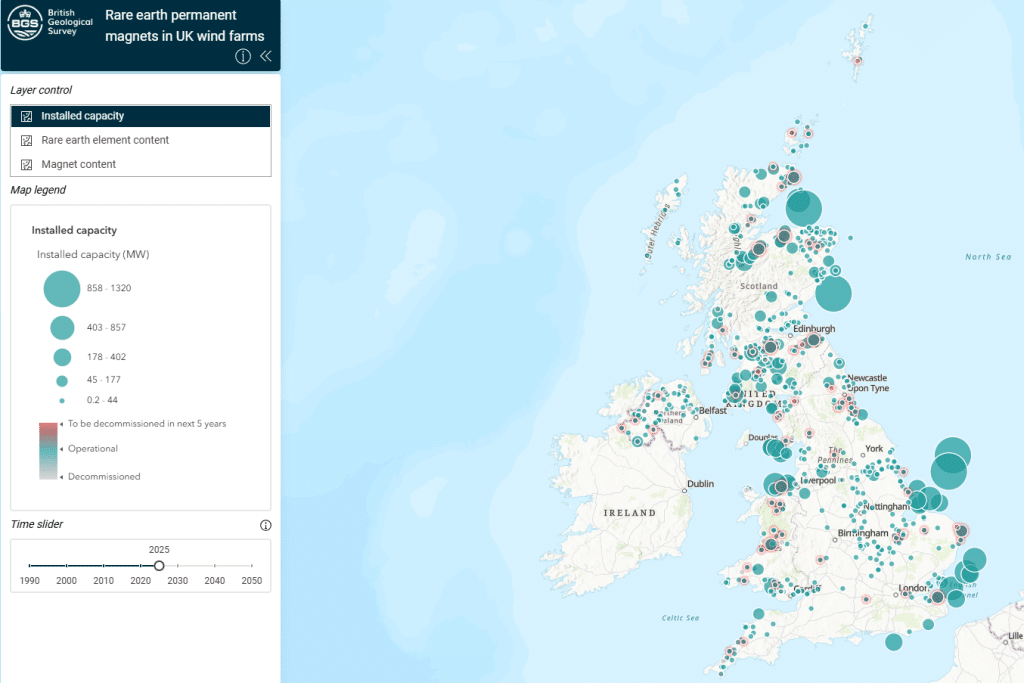
Stefan Horn, minerals commodity analyst at BGS and the lead developer for the new tool, said: "We are pleased to launch this innovative new map viewer, which provides key insights into wind energy installations across the UK including the installed capacity and the rare earth element and magnet content.
"We hope that the tool helps increase the understanding of critical minerals in wind farms and the resources they contain. In order to improve the circular economy, we need to better understand the material stocks in our wind farms and their lifetime to plan for their re-use or recycling when they reach end-of-life. As the UK is currently highly dependant on imports of rare earth elements and rare earth permanent magnets, secondary resources from end-of-life wind turbines can boost the UK's supply in the future."
The map was created as part of an Innovate UK CLIMATES project and was co-funded by Met4Tech.
Frances Wall, principal investigator, UKRI Interdisciplinary Circular Economy Centre for Technology Metals (Met4Tech), said: "Our future resources are not only in the minerals below the ground but also in the materials we are already using. Mapping and understanding our above-ground resources, as BGS has done in this excellent map, is essential to give us the circular economy we need for a lower carbon world."
For more information, please contact BGS press (bgspress@bgs.ac.uk) or call 07790 607 010.
About the British Geological Survey (BGS)
The British Geological Survey is a world-leading geological survey and global geoscience organisation, focused on public-good science for government and research to understand earth and environmental processes.
We are the UK's premier provider of objective, impartial and authoritative geoscientific data, information and knowledge to help society to use its natural resources responsibly, manage environmental change and build resilience capabilities.
From resource management and environmental protection to natural hazard mitigation and climate change adaptation, our work underpins many of the key challenges and opportunities facing the UK today.



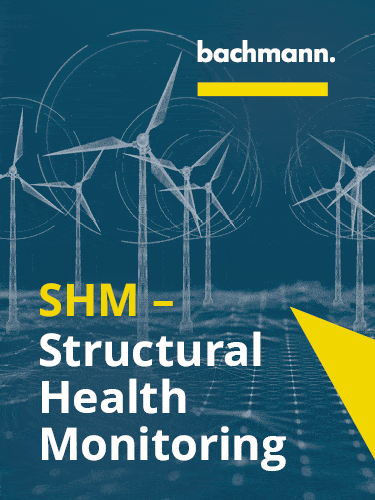
.gif)







